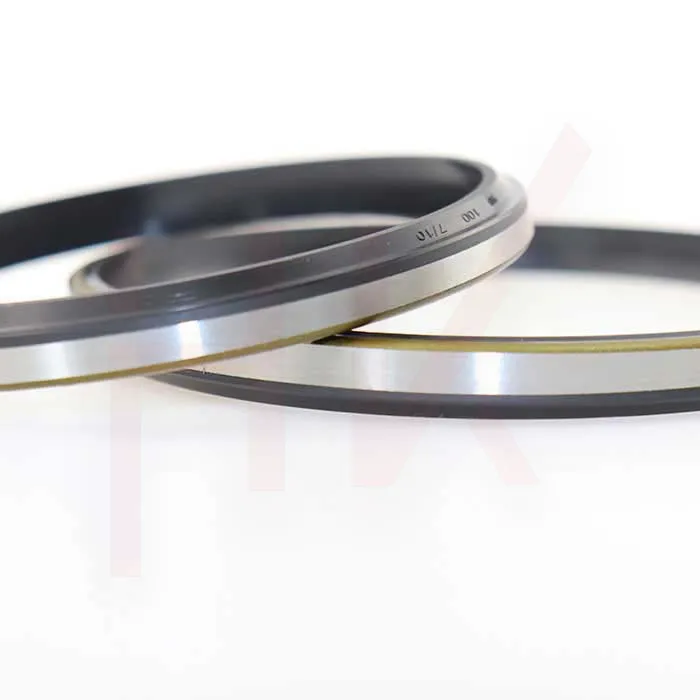ਦਸੰ. . 03, 2024 17:10 Back to list
Efficient Solutions for Shaft Dust Sealing in Machinery Applications
Understanding Shaft Dust Seals Importance and Applications
Shaft dust seals are mechanical components designed to prevent dust, dirt, and other contaminants from entering rotating machinery. These seals play a crucial role in maintaining the integrity and longevity of various applications, including industrial equipment, automotive systems, and household appliances. In this article, we will explore the importance, working principles, and applications of shaft dust seals.
Importance of Shaft Dust Seals
One of the primary functions of shaft dust seals is to protect exposed shafts from contamination. Contaminants such as dirt, dust, moisture, and particulate matter can cause significant wear and tear on mechanical components, ultimately leading to equipment failure. By preventing these contaminants from entering the machinery, dust seals help extend the lifespan of critical parts, thereby minimizing maintenance costs and downtime.
Moreover, dust seals also contribute to energy efficiency. When contaminants build up within a machine, they can cause increased friction, leading to higher energy consumption. By maintaining a clean environment within the machinery, dust seals help ensure that the systems operate efficiently, which is especially important in large industrial operations where energy costs can significantly impact overall profitability.
Working Principles of Shaft Dust Seals
Shaft dust seals operate on relatively simple principles. They are typically installed at the interface between a stationary housing and a rotating shaft. The design of a dust seal often includes a flexible lip that makes contact with the shaft. This lip can be constructed from various materials, such as rubber, polyurethane, or specific elastomers, which provide the necessary flexibility and durability to withstand the motion and forces exerted during operation.
There are several types of shaft dust seals, including lip seals, felt seals, and labyrinth seals. Lip seals are the most common type and are effective at sealing against both dust and oil leakage. Felt seals, while less effective against liquids, are often used in applications where dust is the primary concern. Labyrinth seals, on the other hand, create a series of complex paths for contaminants to navigate, making it more challenging for dust and dirt to reach sensitive areas of the machinery.
shaft dust seal

Regardless of their type, the basic function remains the same to create a barrier that keeps contaminants out while allowing the shaft to rotate freely.
Applications of Shaft Dust Seals
The applications of shaft dust seals are diverse and span various industries. In the automotive sector, they are commonly found in wheel bearings, transmissions, and engine components, ensuring that critical moving parts remain contaminant-free. The presence of dust seals in these areas is vital for maintaining performance and safety standards.
In industrial machinery, shaft dust seals are used in motors, pumps, and fans. They help protect the internal components from dust and debris that may be present in manufacturing environments, thereby enhancing reliability and operational efficiency.
Household appliances, such as washing machines and vacuum cleaners, also utilize dust seals to prevent dirt and moisture from entering the motor and damaging essential parts.
Conclusion
Shaft dust seals may seem like small components, yet they play a significant role in the overall performance and durability of various mechanical systems. By preventing contamination, these seals help to enhance operational efficiency, reduce maintenance costs, and extend the lifespan of machinery. Understanding the importance and function of shaft dust seals can aid engineers, designers, and maintenance personnel in making informed decisions about machinery design and upkeep. As technology evolves, the design and materials used for these seals continue to advance, providing even greater protection against the relentless threat of dust and debris in mechanical systems.
-
Unlocking the Potential of Hydraulic Systems with Essential Sealing Solutions
NewsAug.06,2025
-
Unleash the Power of Your Hydraulic Systems with Our Premium Seal Kits
NewsAug.06,2025
-
Specialized Hydraulic Seal Kits for Breakers, Pistons, and Presses
NewsAug.06,2025
-
Revitalize Hydraulic Systems with Premium Repair and Seal Kits
NewsAug.06,2025
-
Fortify Your Cylinders with Premium Sealing Solutions
NewsAug.06,2025
-
Elevate Hydraulic System Reliability with Specialized Seal Kits
NewsAug.06,2025
-
TCN Oil Seal Metal Ring Reinforcement for Heavy Machinery
NewsJul.25,2025
Products categories
















